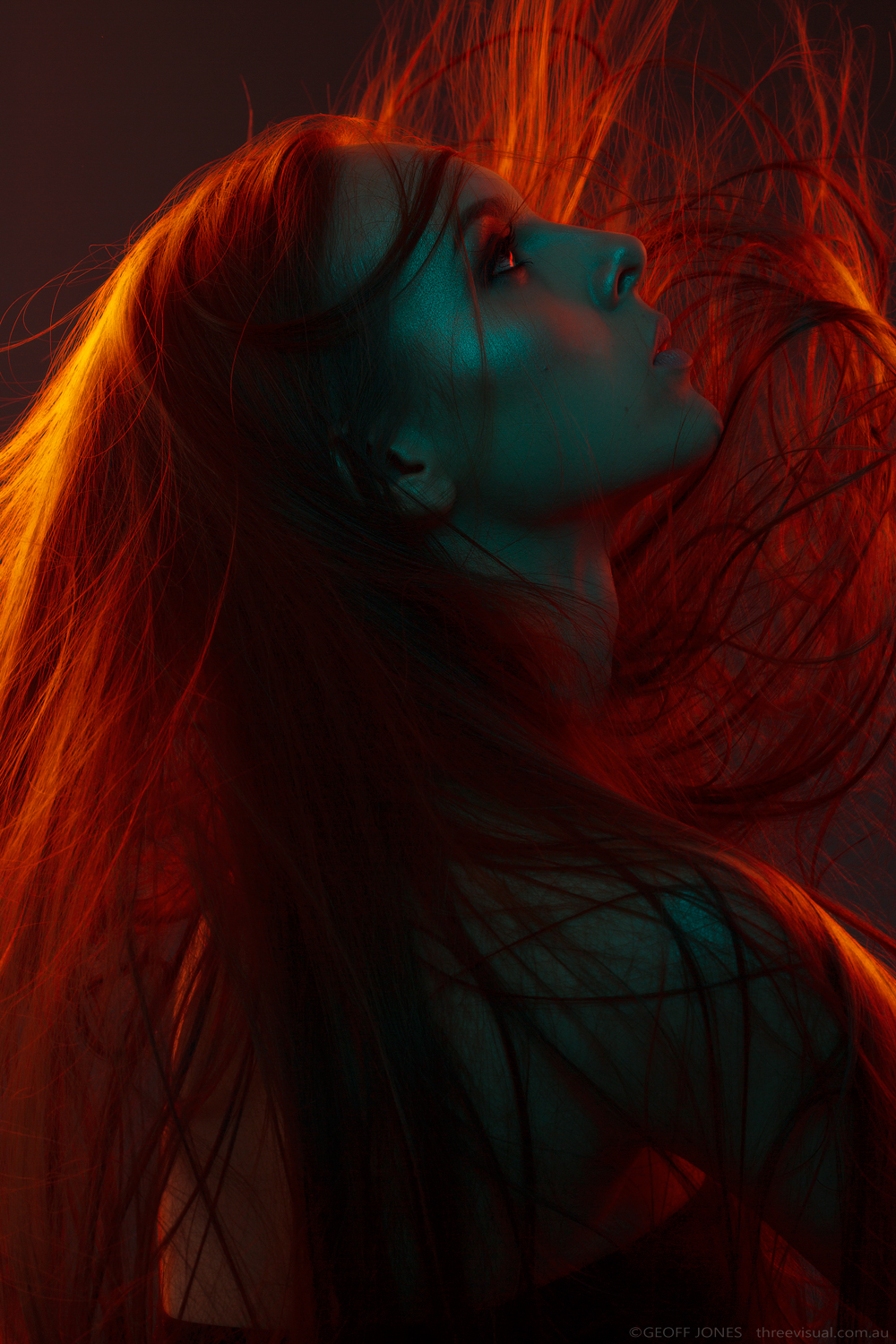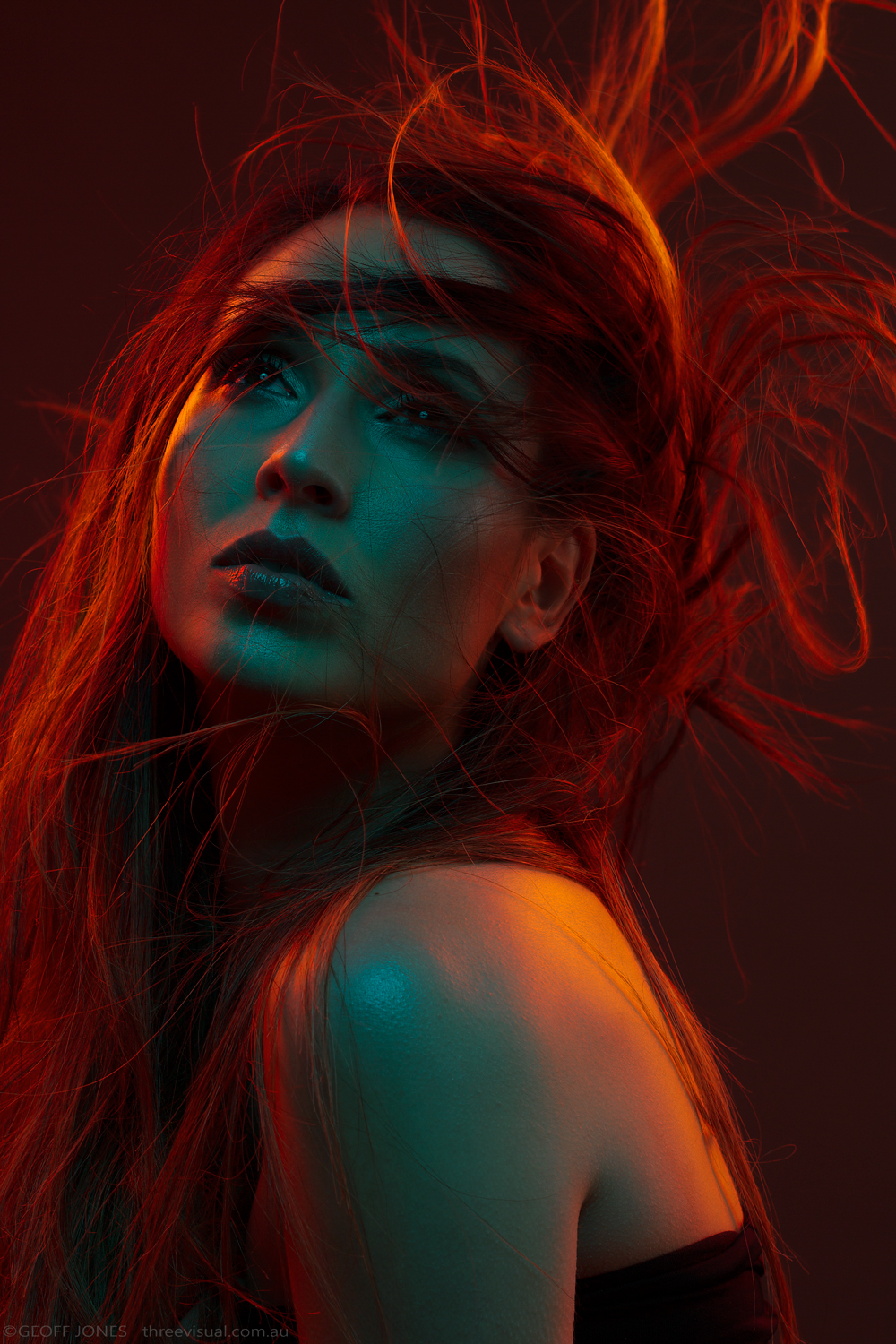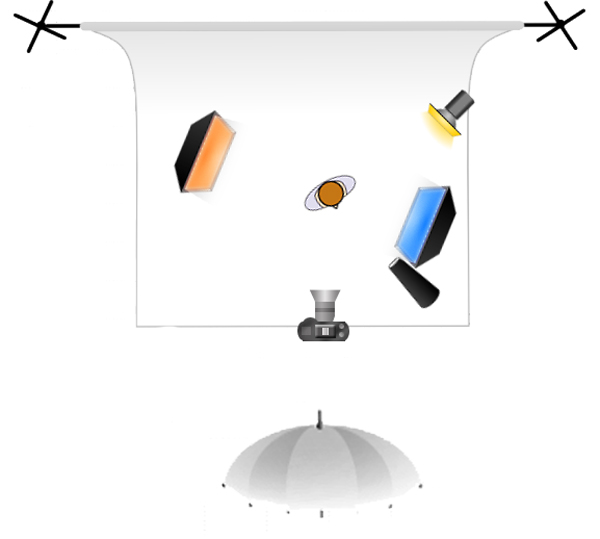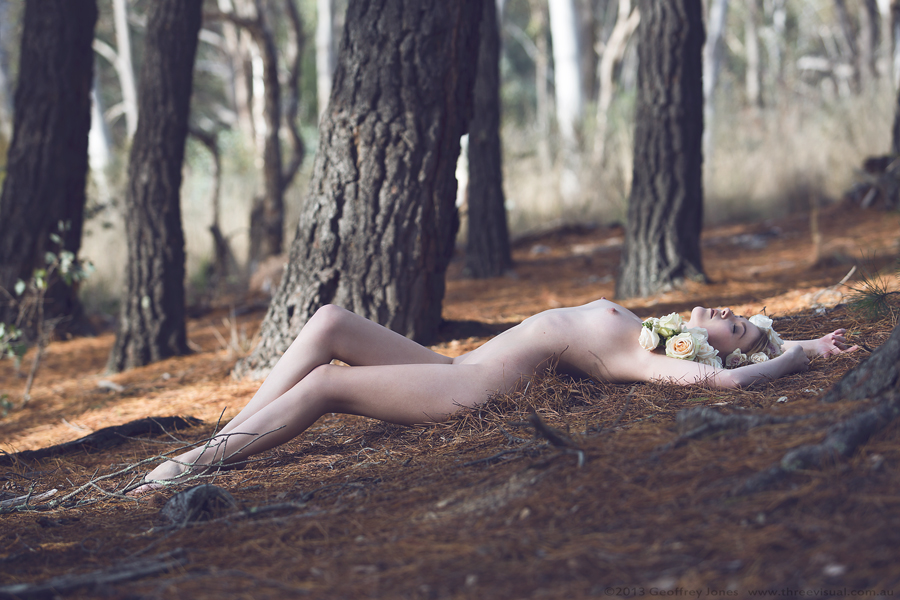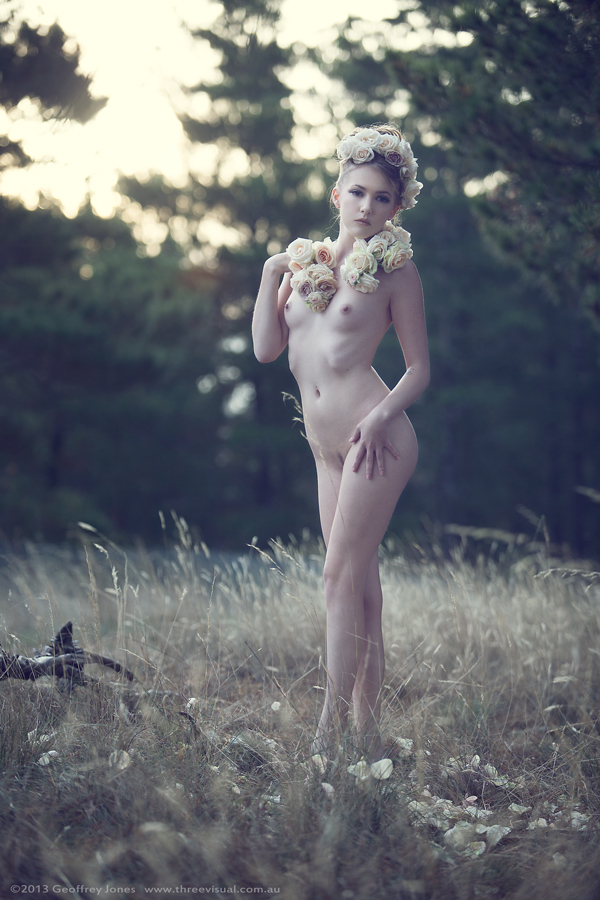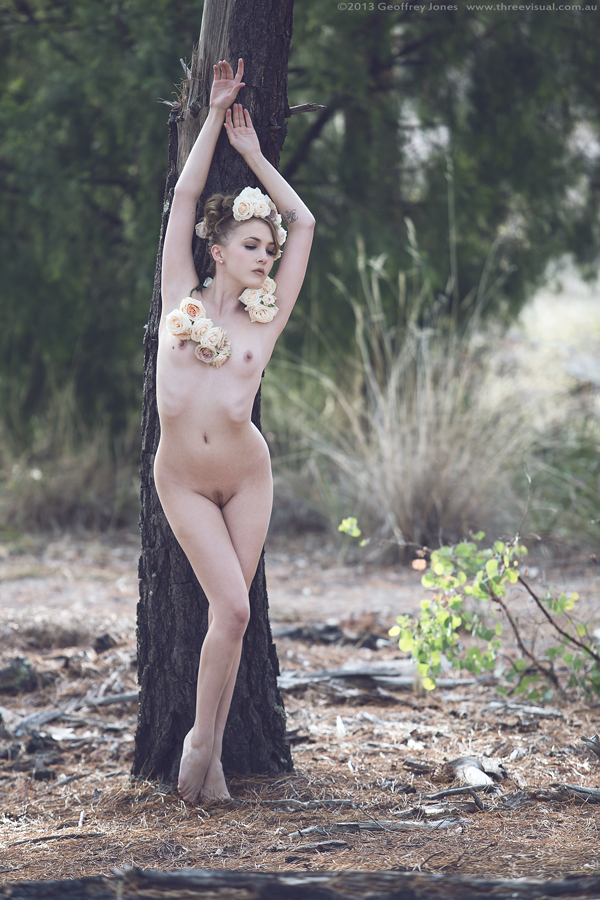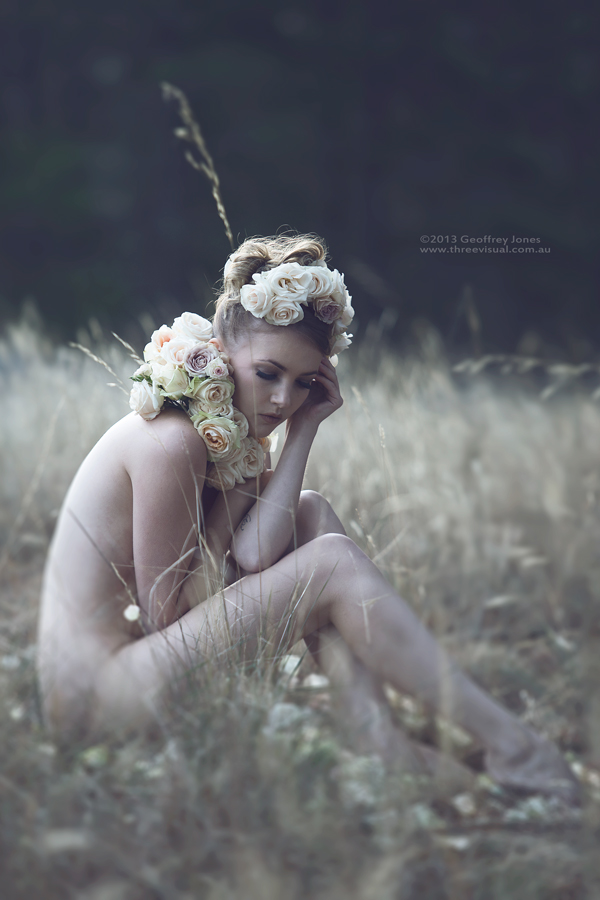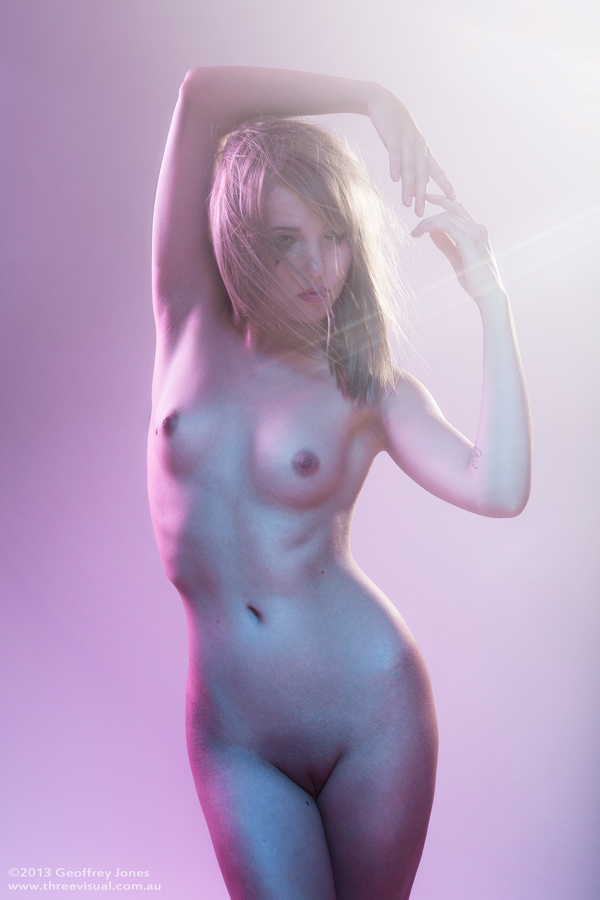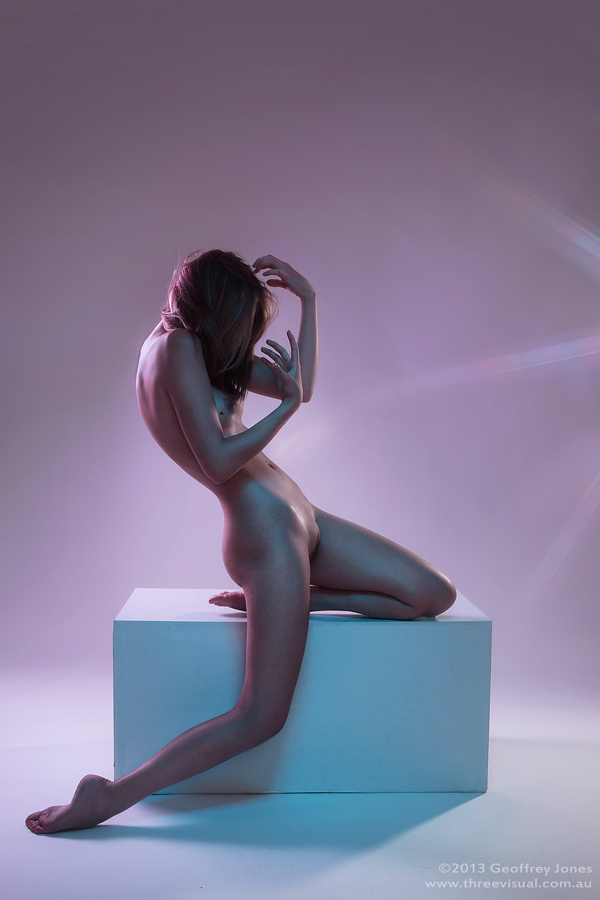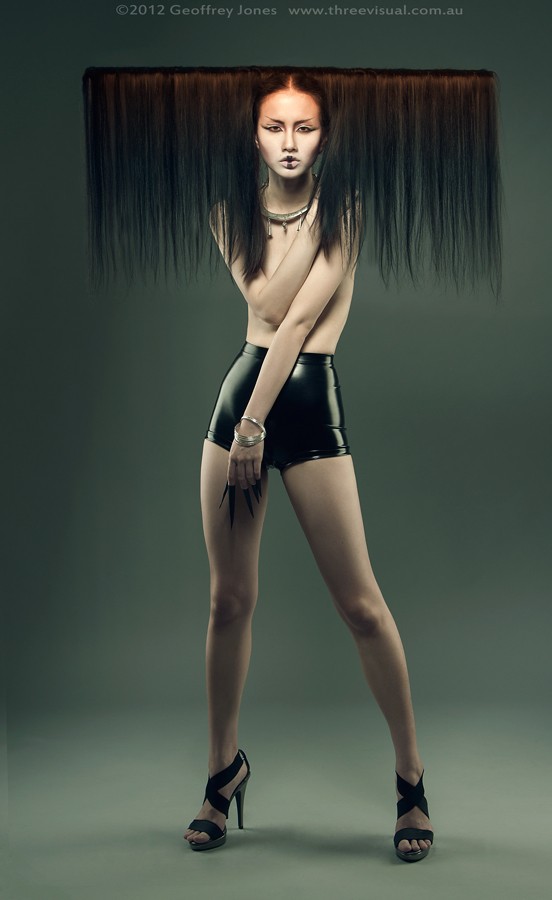Introduction
You may be a new model looking to get into the industry and not really knowing what to expect from photographers and what they expect from you. I hope to give you an insight into what is expected of you, and to help you think more about your role during a shoot. The opinions expressed here are my own views, derived from my own experiences as a fashion and beauty photographer. Take from it whatever you find useful, and feel free to agree or disagree in the comments section below.
This article is not a "Modeling 101". I won't be going into specifics about how to pose, where to place your arms and hands, etc. It is also geared more towards new models, and what is expected of them, rather than the photographer (we will save that for another time). However, I will be writing an article soon which does go into more specifics about modeling and posing. So keep an eye out!
Expect and Prepare
Photographers can be an interesting bunch. Like any group of people, there are many different types with varied personalities and differing expectations. As a photographer, I tend to take a lot of control during a photo shoot regardless, but what I expect of a model varies greatly on the situation. If I have been commissioned for a portrait session or a portfolio, then the onus is on me and only me. I will direct the models every move and pose... but, if you as a model have been hired for the shoot, then you need to bring it. This applies to tests and collaborations as well.
As a model, you will soon discover that every photographer has their own style of shooting. Some photographers will barely say hello to you, let alone give you any direction. What are you going to do in this situation? Standing there confused, waiting to be told what to do, isn't going to cut it. Believe me, the final product in this situation is going to be... less than spectacular. You need to be confident. You need to know what your flaws are and how to hide them. You need to know what your best look is. You need to be prepared.
I know it's been said a thousand times before, but spend a lot of time in front of a full length mirror. Experiment with how and where your neck pivots. Look at how your limbs form lines and shapes. Read a lot of high-end fashion magazines and study the poses. The goal here is to understand what makes a good pose, and to develop a set of "go to poses" that you can bring to any shoot.
During a photo-shoot, there are many things a model needs to take into consideration. One of these is the lighting. Although it is by no means your responsibility to be in control of the lighting, it certainly would pay for you to have a basic understanding of how light works; particularly in how it falls on your face in relation to its position. However, don't concern yourself too much with this, as lighting is the responsibility of the photographer, and a good photographer will give direction in regards to the best posing positions for the situation. A photo-shoot is a team effort, so educating yourself on other aspects of the shoot can certainly be useful.
Move
What photographers absolutely do not want is a model who stands there with a blank expression, waiting to be told what to do. Dance around, pull a silly face, jump up and down, bark like a dog... Something -anything- is better than nothing (ok maybe don't bark like a dog, but you get the idea). Sometimes the best shots can come from an off-the-cuff "between takes" interaction. A good photographer will be able to capture the right moment. Do your part to the best of your ability, but leave "getting the shot" up to the photographer.
Ultimately in most situations, what we want is a model who can move gracefully and fluidly from pose to pose. This allows us freedom to shoot as we go, without having to worry about posing the model. The end results are often far more dynamic and interesting, than shooting static poses. An excellent example of fluidity in posing can be seen below. (thanks to very talented Shantia Veney).








